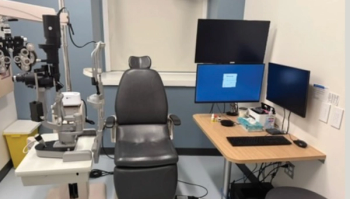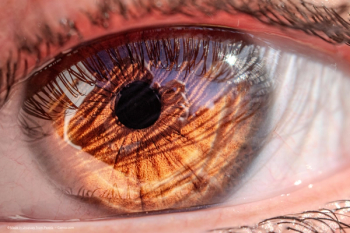
Glaucoma and dry eye data from Germany
A review of more than 20,000 glaucoma patients in Germany has discovered that 52.6% have a concomitant diagnosis of dry eye with women more likely to have both diseases than men.
As glaucoma and DED are very common in the elderly we were interested in the prevalence of DED in different glaucoma types and in a very large sample size.
The German Glaucoma and Dry Eye Register includes analysable data from a total of 20,506 individuals with diagnosed glaucoma taken from 900 ophthalmological centres across Germany. This information has allowed the relationship between the occurrence of dry eye and potential causative factors to be dissected in detail.
Those glaucoma patients with dry eye experience a significantly higher rate of all local symptoms, especially pain and foreign body sensation. These occur 11- and 12- times more frequently respectively, amongst glaucoma patients with dry eye compared with those without dry eye; other typical symptoms include red eye, pruritus, photosensitivity and blurred vision.
These local symptoms have a significant impact on patients' quality of life, especially when severe, restricting their daily activities, mobility and self-confidence over and above the impact from glaucoma itself, which is largely asymptomatic in the early stages. It is clear that lessening the impact of dry eye and local symptoms in these individuals would improve their quality of life and longer-term prognostic factors. One way to do this is by the use of preservative-free anti-glaucoma medication: not only would this lead to enhancement of patients' quality of life, but also to improvements in glaucoma control, since the resulting lower levels of dry eye would allow a greater proportion of patients to adhere to their medication schedule. In addition, avoiding chronic therapy with preservative-containing eyedrops is likely to have beneficial effects on the health of the cornea and conjunctiva, and increase the chance of glaucoma filtration surgery being successful.
Newsletter
Get the essential updates shaping the future of pharma manufacturing and compliance—subscribe today to Pharmaceutical Technology and never miss a breakthrough.










































